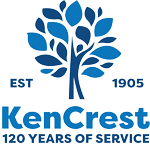
Church Resources
To Make Your Worship Bulletin and Website More Accessible
Bulletin and Website Resources for Accessibility
Click each item below to find best practices for making your print and digital materials accessible
Quick Tips:
Additional Resources:
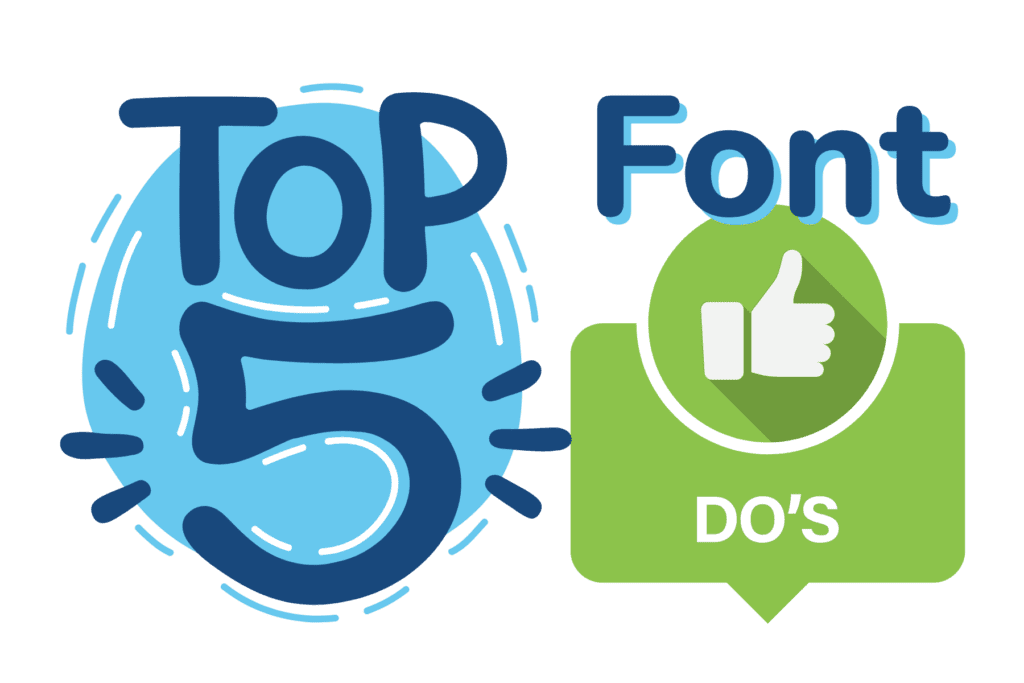
- Use sans serif fonts like Arial, Verdana, Aptos or Tahoma
- Choose high-contrast coloring
- Emphasize phrases with Bold or Underline
- Use at least 14-point font (or)
- Offer a separate large-print bulletin in 18-point or larger
![]()
"Large Print" is more than just bigger font!
Take a look at these resources:
What is Large Print and Why it Matters

- serif fonts
- serifs are the little flourishes on the tips of letters
- like this in Times New Roman or this in Georgia
- monotype fonts
- each character is given the same amount of space
- like this in Courier New
- script fonts like Brush Script or Lucida Handwriting
- the following changes for emphasis:
- italics - like this
- all caps - LIKE THIS
- small caps - LIKE THIS
- color as the only method of emphasis
- people who are color-blind may not be able to tell that the red font has significance


Left align text. Leave a ragged right edge.
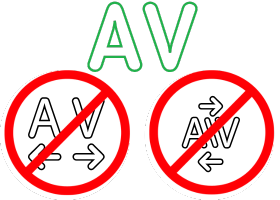
Leave standard spacing between characters. This is often called kerning.
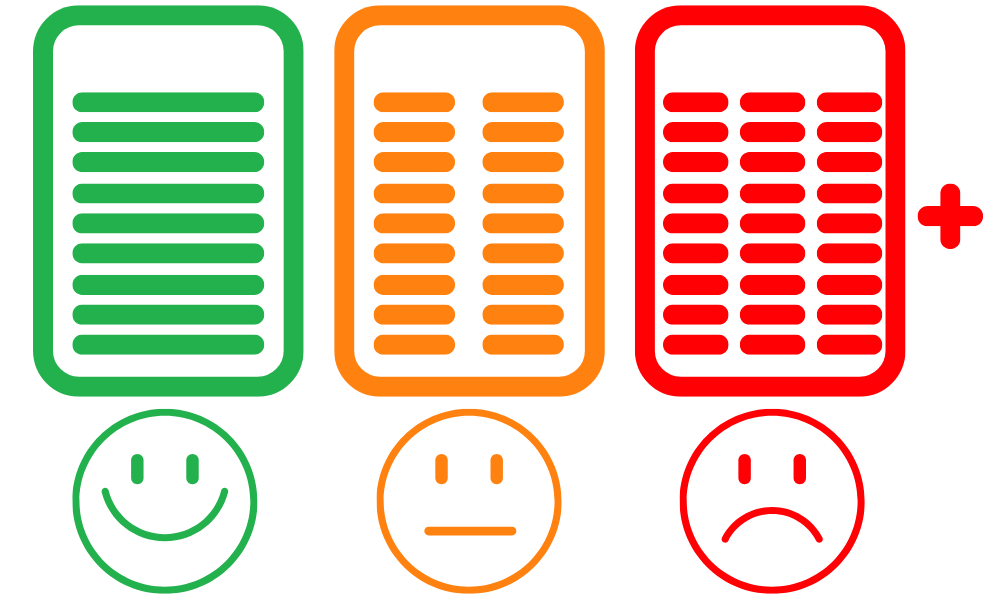
Keep text in one column if possible. Ensure at least 0.5 inches between columns if you need two columns.
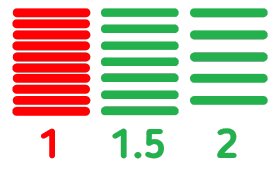
Set line spacing at 1.5x or 2x the font size. This is often called leading.
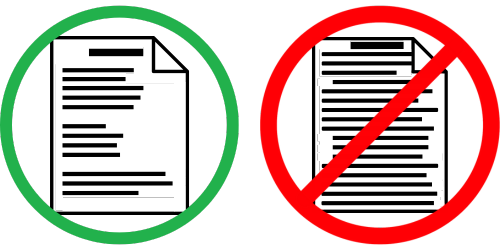
Leave plenty of white space, including at least 0.6-inch page margins.

Inclusive Language
Inclusive language covers many unique aspects of the human experience. The main goal is to honor the humanity in each person.

Person-First Language is widely accepted as the best practice for speaking about people with disabilities. However, each individual or group may have their own preferences. Be sure to ask before assuming. (Links to more information to come.)

Ableist language is inherent in our daily speech and in religious texts. This includes words and phrases that assume all persons are able-bodied. Many common-use phrases are metaphors which play on a negative stereotype of disability. Avoid ableist language as you can.
(Links to examples and additional guidance to come.)

Honor the pronouns and names of those you are speaking with.
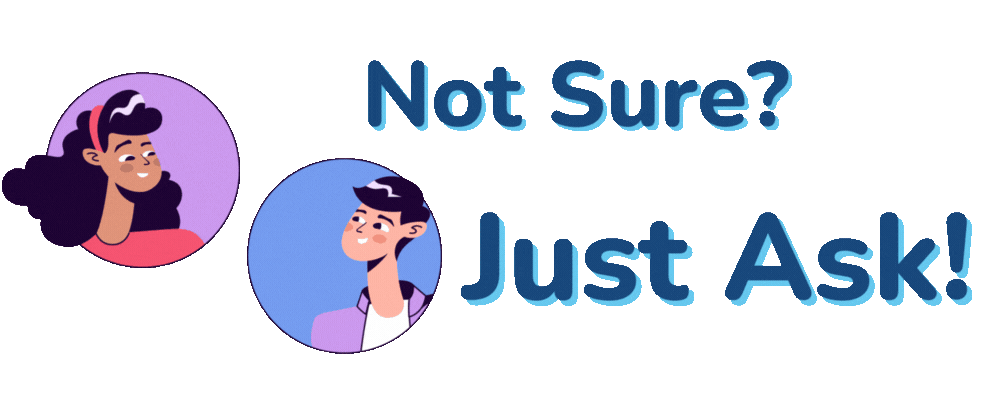
Plain Language
Plain language began as a government initiative to make federal communication more accessible for the average person. Now plain language is best practice for making any communication accessible.
Learn more in this Plain Language Intro.

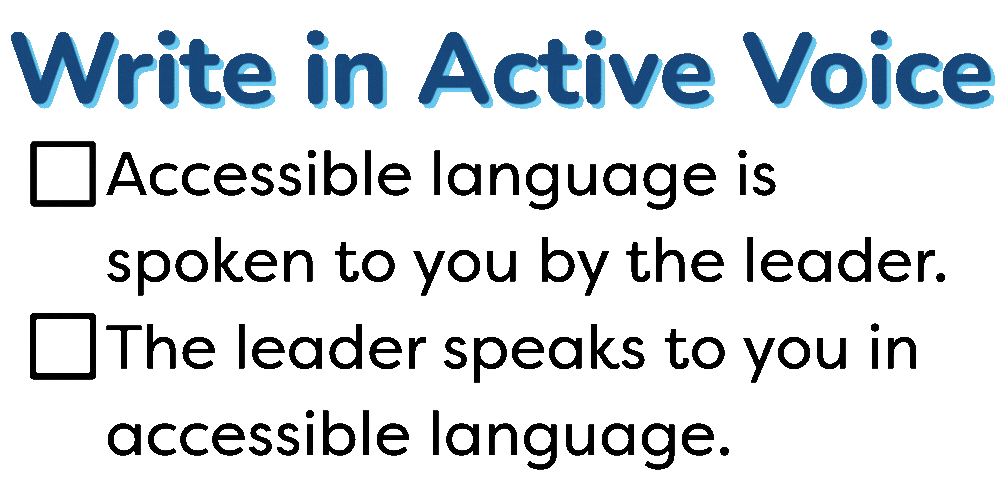
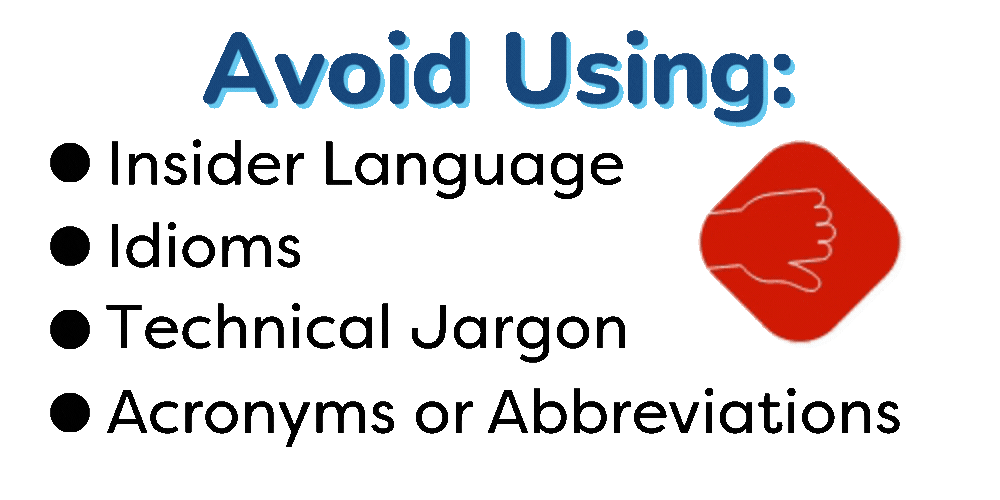


Digital Accessibility
- The Web Accessibility Initiative (WAI) works to lift barriers to web access.
- Accessibility Principles: standards and support resources
- WAI Fundamentals: intro level resources; free online course
- Perspectives Videos: stories about importance of accessibility for people with disabilities
- Harvard University IT Digital Accessibility department offers:
- The Bureau of Internet Accessibility offers several blog posts:

Print Accessibility
- Accessibility in Print Best Practice Guide Get There Oregon
- Creating Accessible Print Materials Vera Institute of Justice
- Clear Print Accessibility Guidelines Canadian National Institute for the Blind
- The Dyslexia Foundation of Utah states that 15-20% of Americans have dyslexia.
- Best Practices for Dyslexia-Friendly Text: a guide from Dyslexia Support South.
- OpenDyslexic: a free font created to ease the challenges of reading with dyslexia.
- Dyslexie Font: font resources at a minor cost; resources to learn more about dyslexia

Comprehensive Guides
- The UCLA Tarjan Center, a University Center for Excellence in Developmental Disabilities (UCEDD):
- Accessibility Guidelines: in-depth guide; resources for low-tech and advanced content creators
- Accessibility Quick Guide: concise list of priorities for creating accessible content
The Power of Prayer
And pray in the Spirit on all occasions with all kinds of prayers and requests.
With this in mind, be alert and always keep on praying for all the Lord’s people.
Ephesians 6:18 (NIV)
Prayer is an important source of support for KenCrest's mission. You can lift up the needs of those we serve and the direct service providers who support them by praying for both spiritual and physical strength as well as hope for these communities. You can also pray for wisdom and discernment for policy makers working with legislation impacting people with disabilities, children, and working families.
We appreciate any prayers you and your congregation lift up on our behalf.
